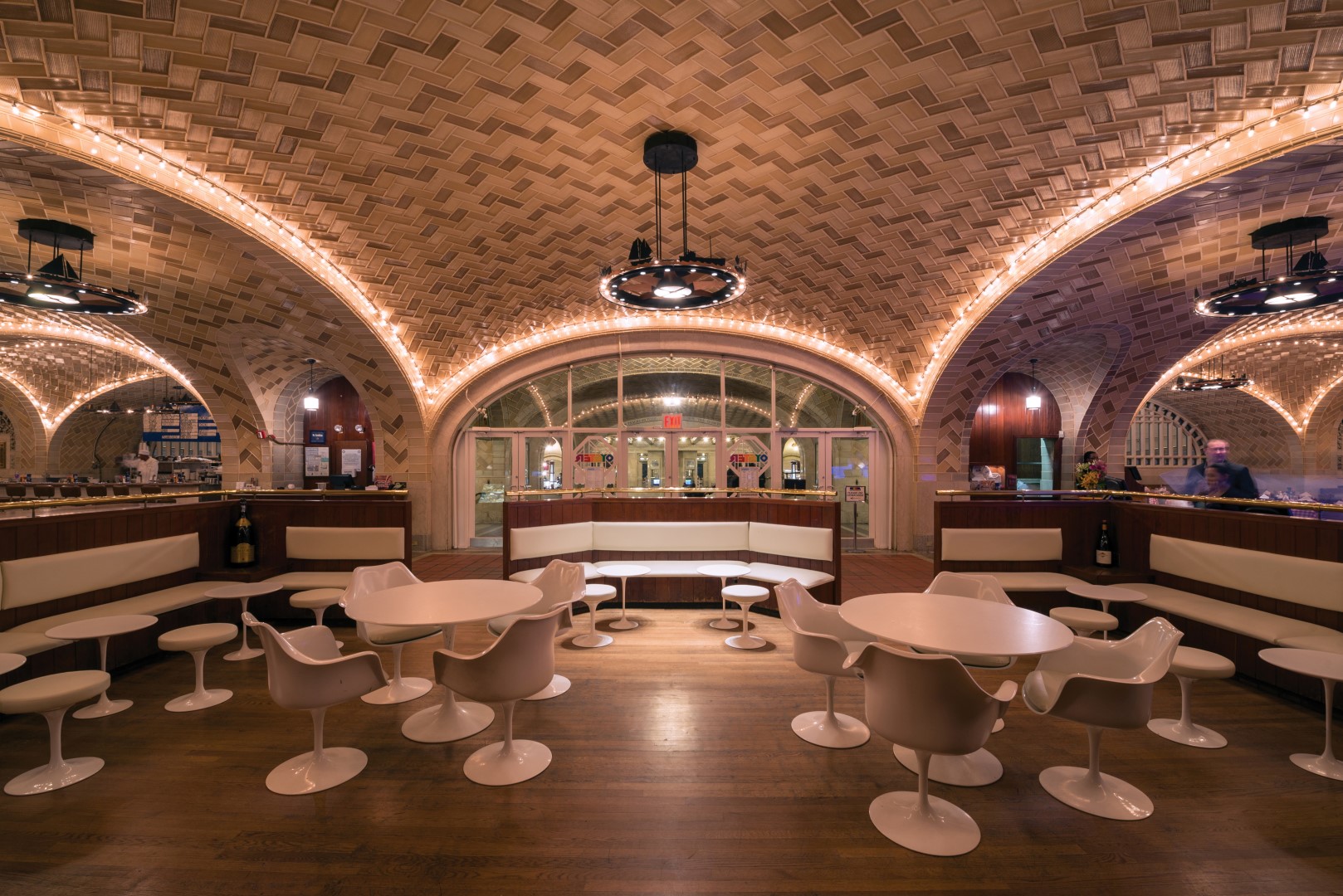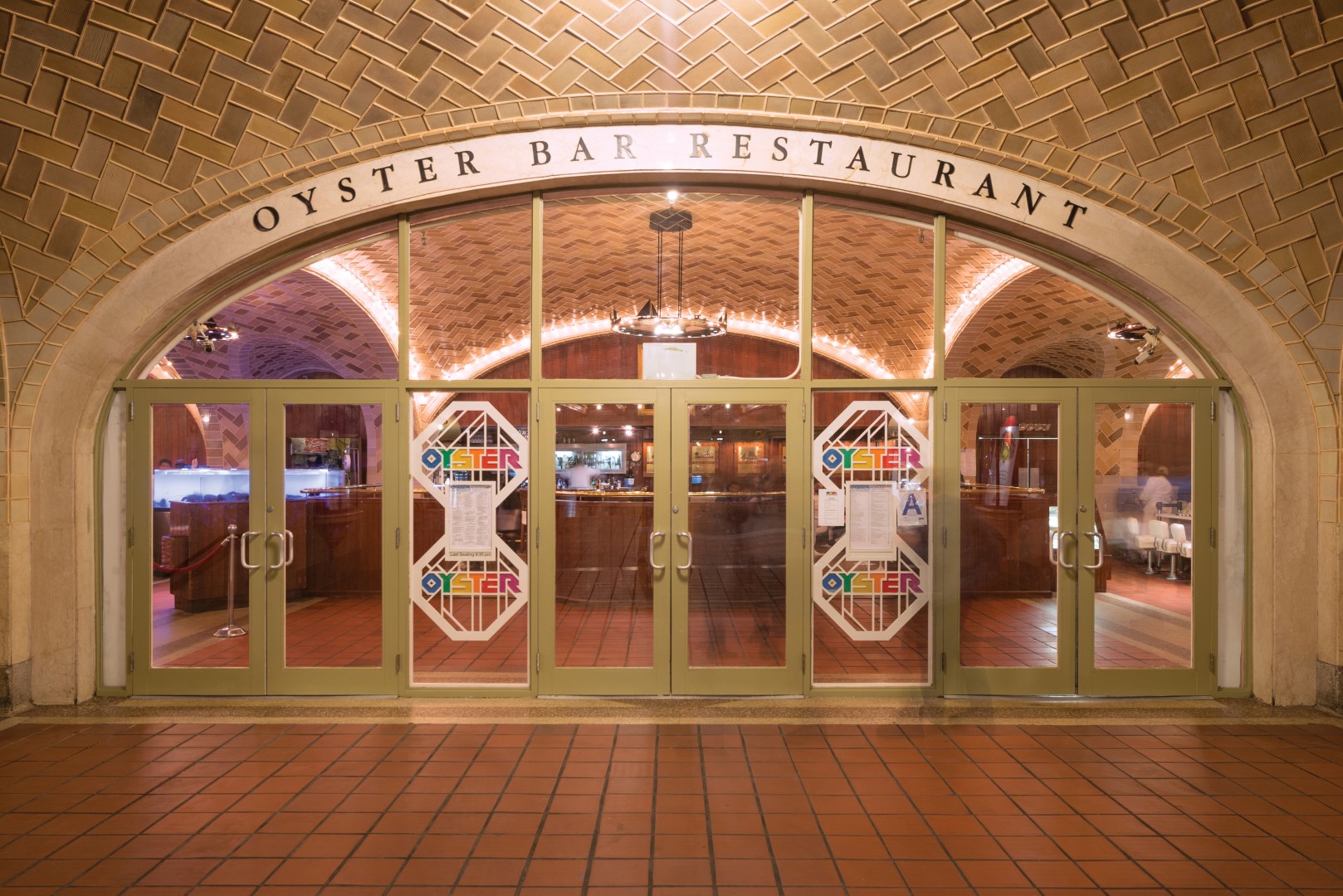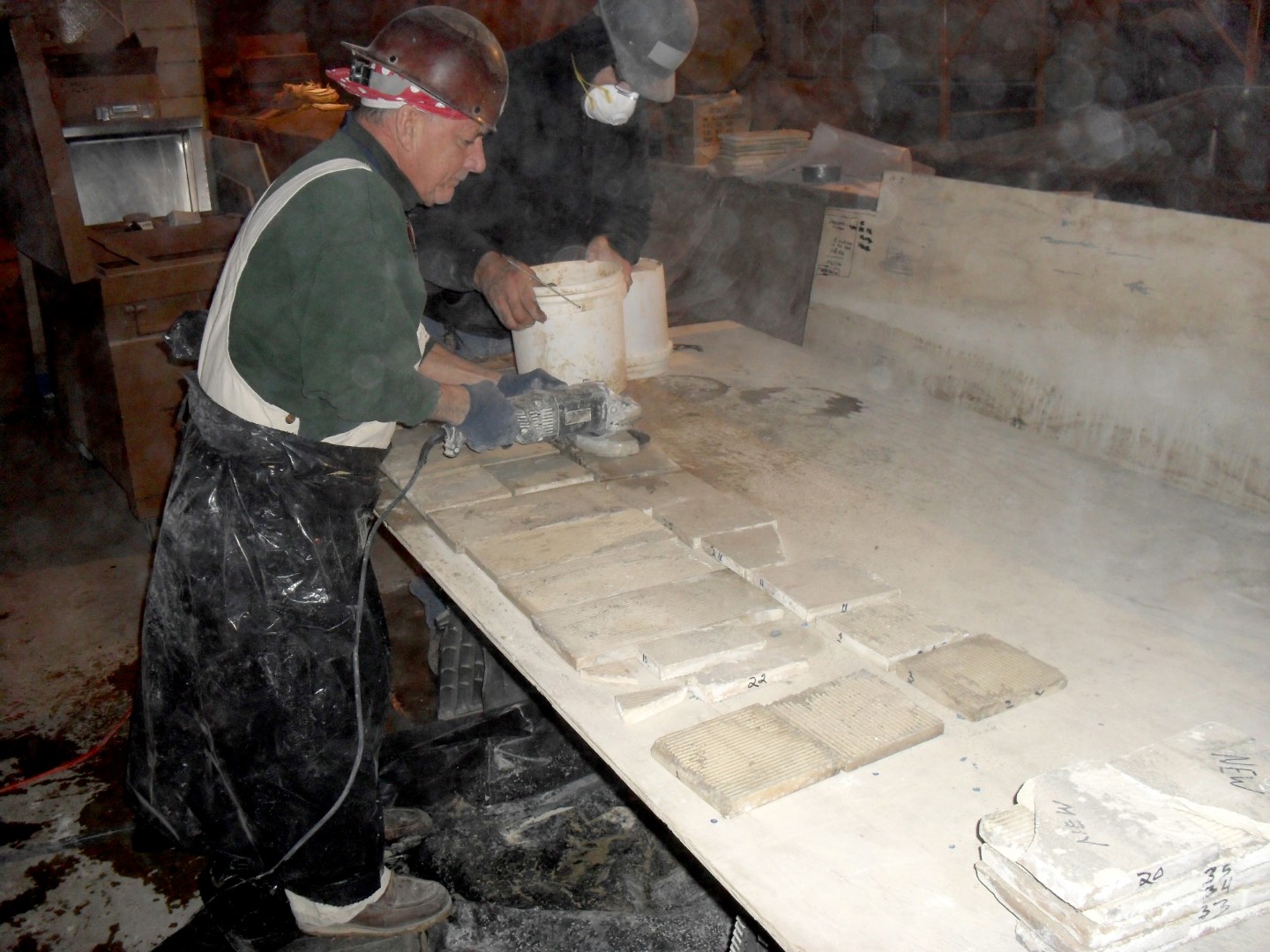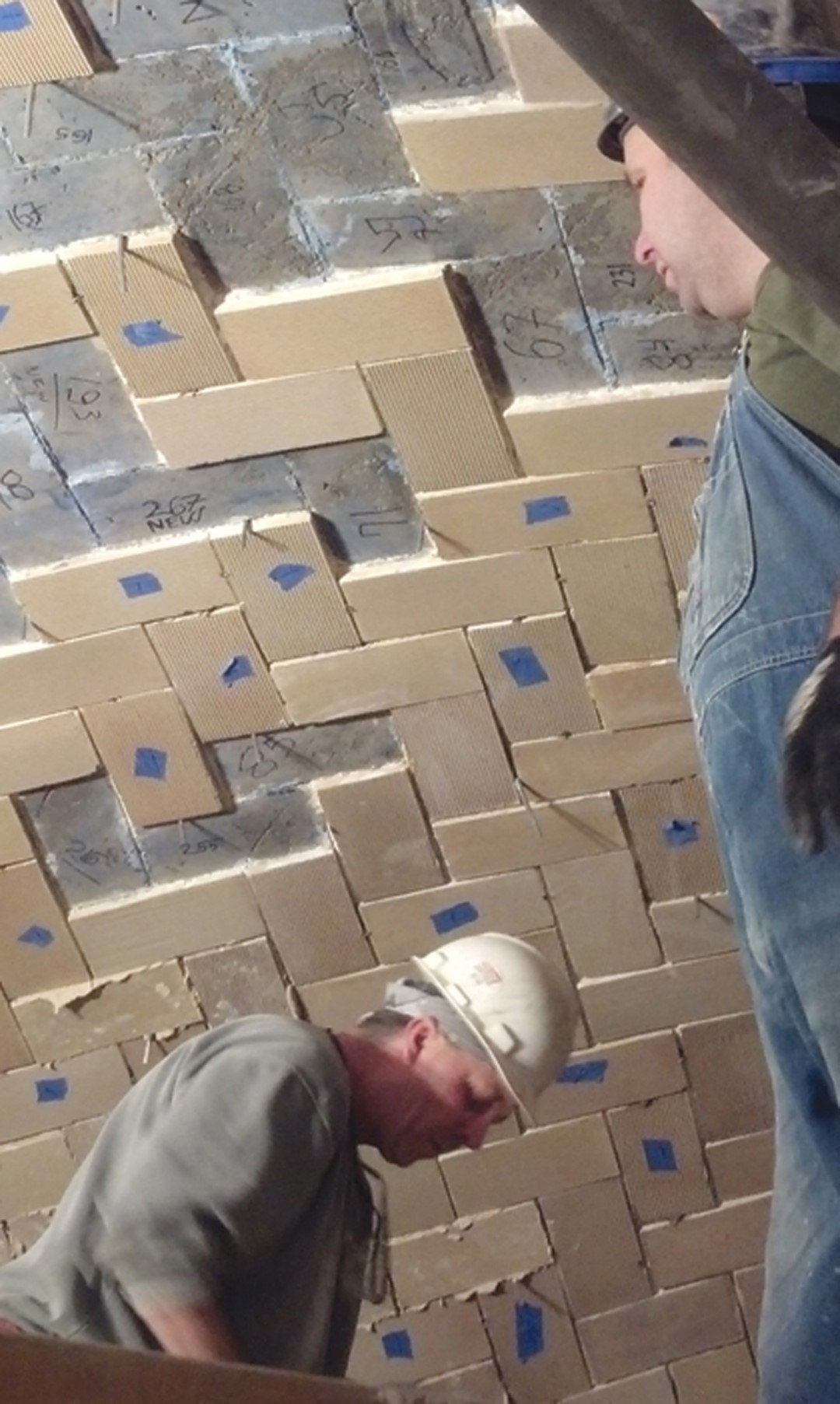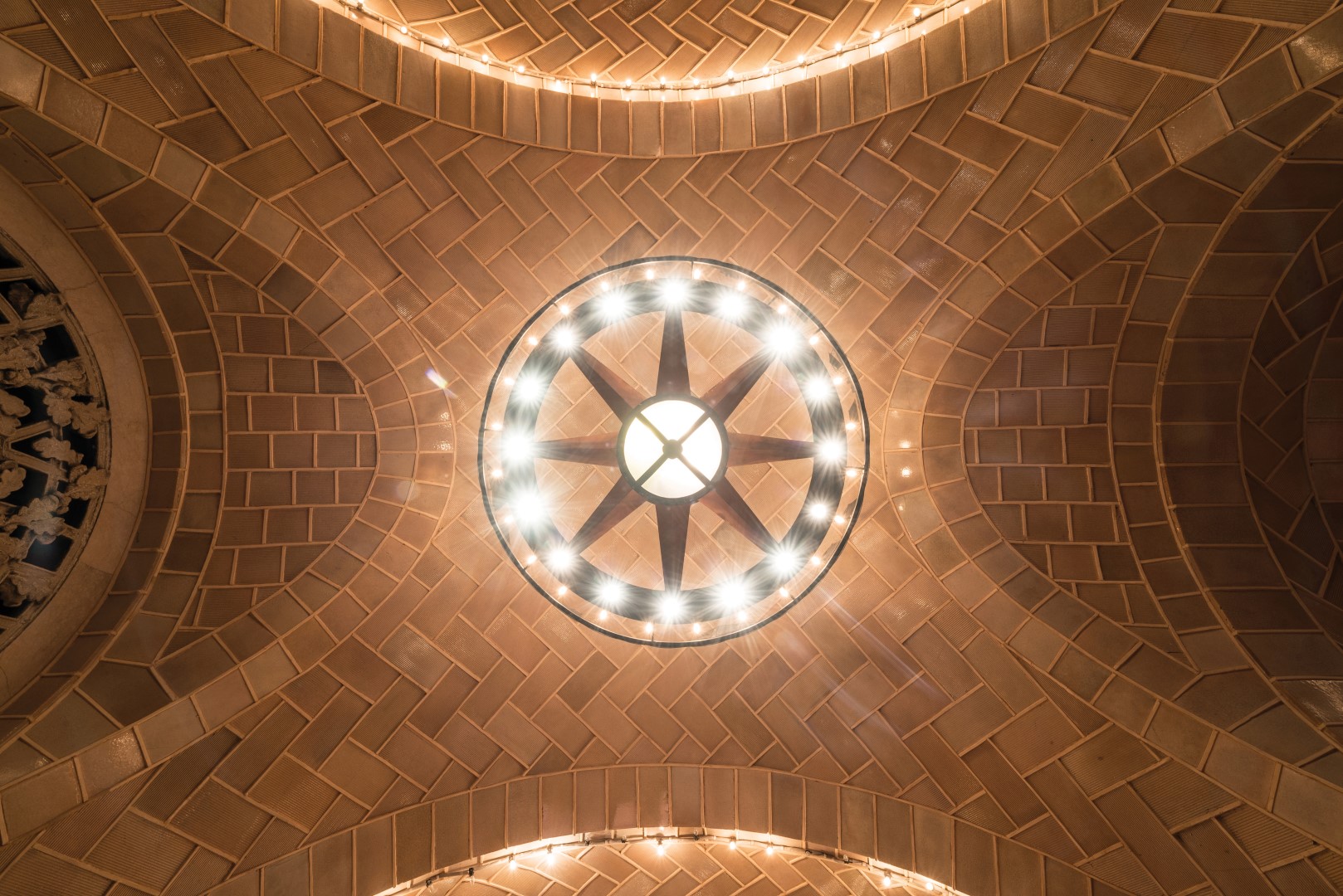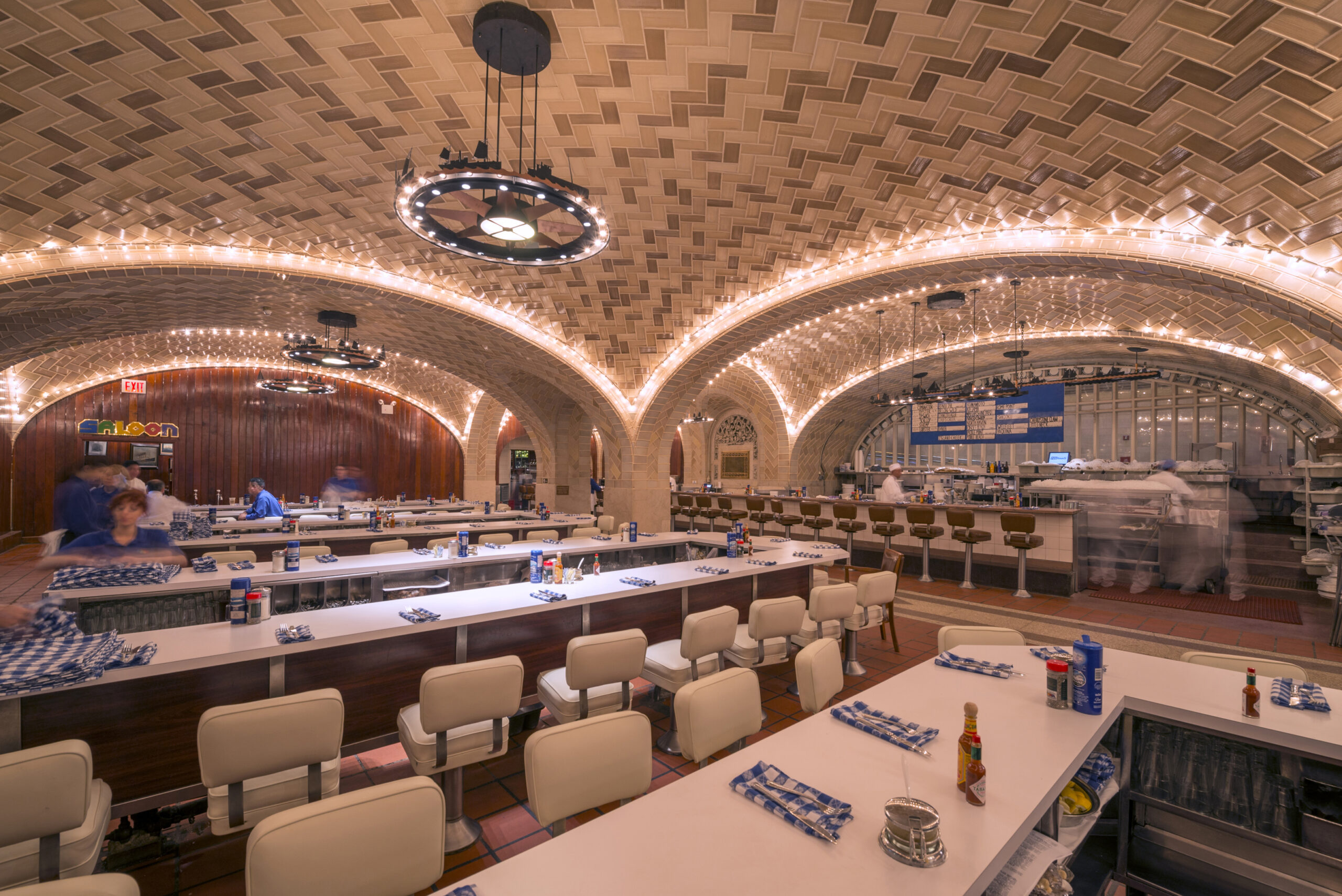
The oldest business in Manhattan’s Grand Central Terminal has welcomed throngs of hungry New Yorkers, tourists and travelers since 1913. Through it all, the Oyster Bar’s iconic Guastavino tile arches and vaults have endured, defining an expansive but intimate space.
In recent years, however, the herringbone-patterned ceilings were showing their age. A century’s wear and tear, plus the effects of a 1990s fire and less-than-expert repairs, finally made rehabilitation a priority. Graciano Corporation, specialists in Guastavino restoration, returned the lofty, curving surfaces to as-new condition.
Tile by tile, the Graciano team inspected and sounded the 13,000-square-foot installation, then performed cleaning, repointing, patching and crack repairs. Eventually 1,300 square feet of terra cotta tile were removed and reset or replaced with newly fabricated, architecturally correct tile above dining rooms, lunch counter and bar.
The task was demanding. Steve Bolognese of the International Masonry Institute calls Guastavino work “the Ph.D. level of masonry.” It took great skill even in the 1900s, when architects across the country were specifying it, and by the 1940s it was essentially a lost art.
But in 1998, Graciano stonemason Gino Marchese accepted an ambitious assignment: reviving the cavernous 1914 market space under Manhattan’s Queensboro Bridge. It was the first-ever Guastavino reconstruction, and one of the world’s largest terra cotta restorations. Rediscovering historic tools and techniques turned Mr. Marchese and his crew into Guastavino experts. The International Union of Bricklayers and Allied Craftworkers honored the reincarnated BridgeMarket as the best restoration project of 2000.
Testimonial
Both the Oyster Bar’s management and its architects, Building Conservation Associates, Inc., were “blown away” with the results, Vice President of Graciano says “And for us it was a joy to help revive another landmark. There are at least 200 more Guastavino installations in this city alone, and we look forward to keeping them in good shape for future generations.”
Project Details
Downloads
Project Included
- Water Cleaning
- Terra Cotta
- Stone Patching
- Stone Facade Pinning
- Spraying/Misting
- Repointing Masonry
- Replacement
- Repair
- Paint Removal
- Masonry Surface Rehabilitation
- Masonry Cleaning
- Hand Scrubbing
- Guastavino Vaulting
- Cleaning
- Chemical Cleaning
- Acidic Cleaners
Glossary Terms
